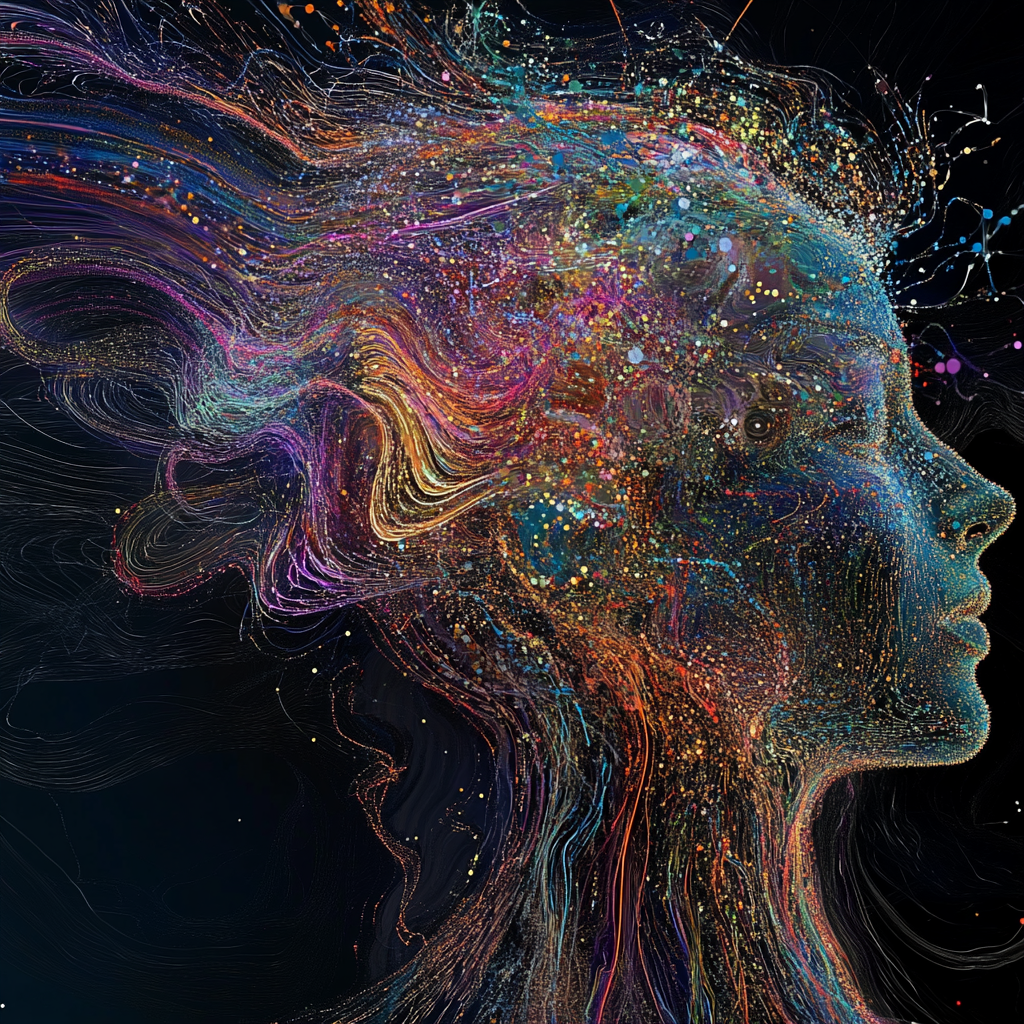Definition
Neural networks are the backbone of many AI technologies we encounter daily, but what exactly are they? Let’s break it down in simple terms for those unfamiliar with AI concepts.
What is a Neural Network?
A neural network is a computing system inspired by the human brain’s structure and function. While it sounds complex, the concept is straightforward: these systems excel at finding patterns in data, much like how your brain learns to recognize faces or sounds.
Think of a neural network as a sophisticated pattern detector. It takes in information, processes it through multiple layers of interconnected “neurons” (mathematical functions), and produces an output based on what it has learned.
Where Do We Encounter Neural Networks?
Neural networks power many technologies you likely use every day:
- Virtual assistants like Siri or Alexa
- Search engines that understand what you’re looking for
- Photo apps that can identify people, pets, or objects
- Streaming services suggesting movies you might enjoy
- Self-driving cars recognizing road signs and obstacles
- Weather forecast systems predicting tomorrow’s conditions
- Translation apps converting text between languages
- Security systems using facial recognition
- Customer service chatbots answering your questions
- Medical tools detecting potential health issues in scans
Why They Matter
Neural networks have transformed our daily lives in remarkable ways. When Netflix recommends a movie that perfectly matches your taste, that’s a neural network analyzing patterns in your viewing history. When a medical imaging system flags a potential early-stage cancer that might be missed by human eyes, that’s a neural network at work too.
The true value of neural networks lies in their ability to find subtle patterns in massive amounts of data—patterns that would be impossible for humans to detect manually. This makes them extraordinarily powerful tools for solving complex problems across nearly every industry.
